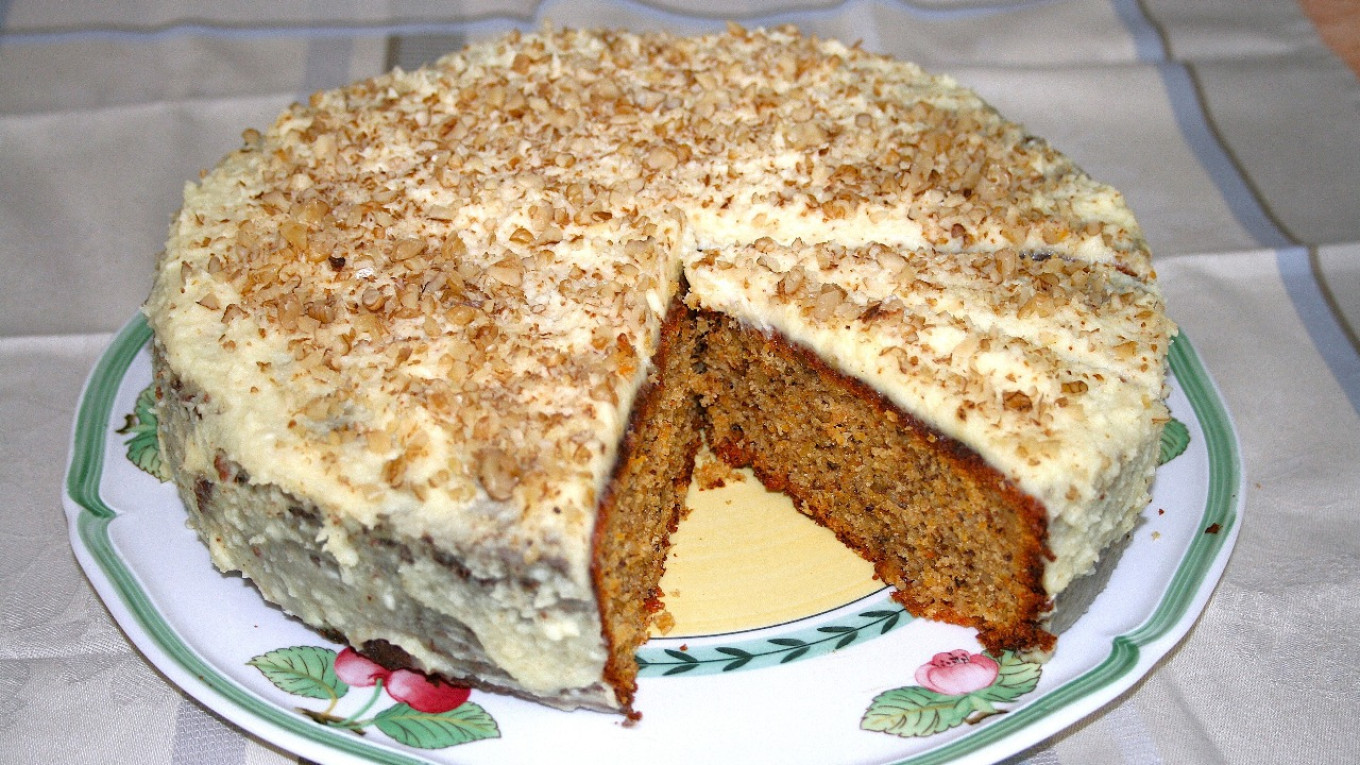Russians might love carrots, but you won’t be able to find any information about them in Russian sources before the 16th century. That doesn’t mean people weren’t eating them; it just means that the sources didn’t choose to include information about them.
Carrots were widespread in the ancient world, and so they naturally appeared in Russia during the first contacts with Byzantium. But wild varieties of carrots grew on the territory of the Central Russian Plain since Neolithic times (and probably earlier). The varieties of this root vegetable that underwent selection came to Russia from Central Asia and Asia Minor as early as the 11th and 12th centuries. In the 17th century, European specialists made great progress in carrot selection, and many of these cultures began to come to Russia from Europe.
There is a version that even the Old Russian name for the carrot, “borkan,” comes from the Greek βράκανα. However, philologists aren’t in agreement on this issue. For example, Max Fasmer considers its connection with Greek is “not credible,” but he does not propose any alternative versions for the origin of the word. Soviet linguist Vladislav Illich-Svitych (1934-1966) believes “borkan” to be borrowed from the Baltic languages (carrot is burkāns in Latvian).
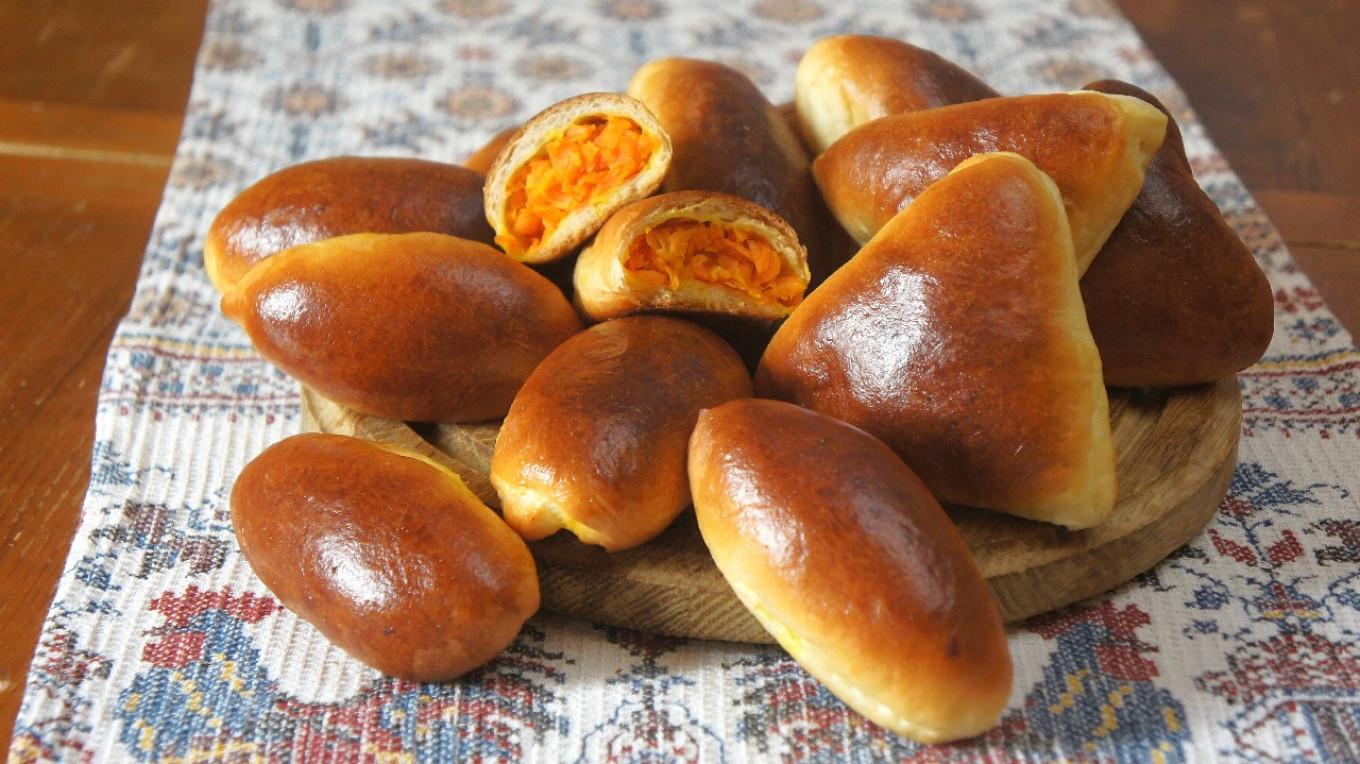
Meanwhile, for a long time the term “borkan” was used in parallel with the word “morkov” (carrot) in the Pskov-Novgorod region (which indirectly confirms the commonality of the word with the Baltic languages). And we find a recipe for “borkan pie” in “Russian Cookery” published in Moscow by Vasily Lyovshin in 1796. And even today the “borkan pie” (filled with carrots, chopped eggs, onions, etc.) can found in Pskov-Novgorod cuisine.
And while we’re on the subject of ancient carrots, we have to say a word about color and its evolution. The orange color we associate with carrots today appeared relatively recently. Specialists believe that the oldest variety of carrots was purple.
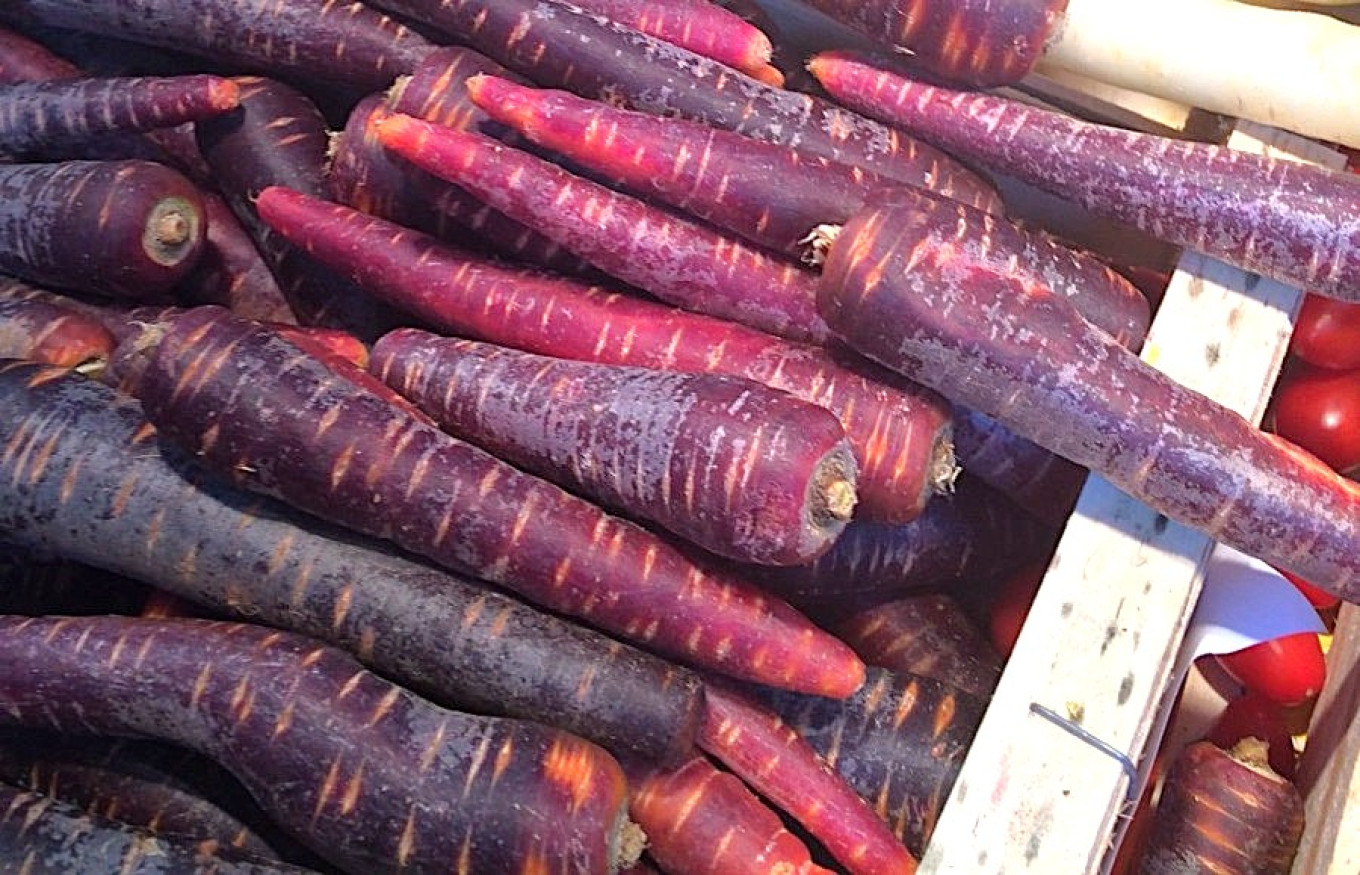
Actually, the carrot is the oldest root vegetable that human beings have been consuming — people have been eating carrots for at least 4,000 years. Carrots were part of the diet of ancient Greeks and Romans, and the cultivation of carrots continued into the Middle Ages. It was a dish of honor at the court of Emperor Charlemagne. But up to the 16th century, carrots were considered a delicacy in that part of the world.
Meanwhile, throughout the centuries carrots weren’t just purple. Today we can still find white carrots, and it seems that the swampy soils around Novgorod and Staraya Russa produced exactly that color root vegetable.
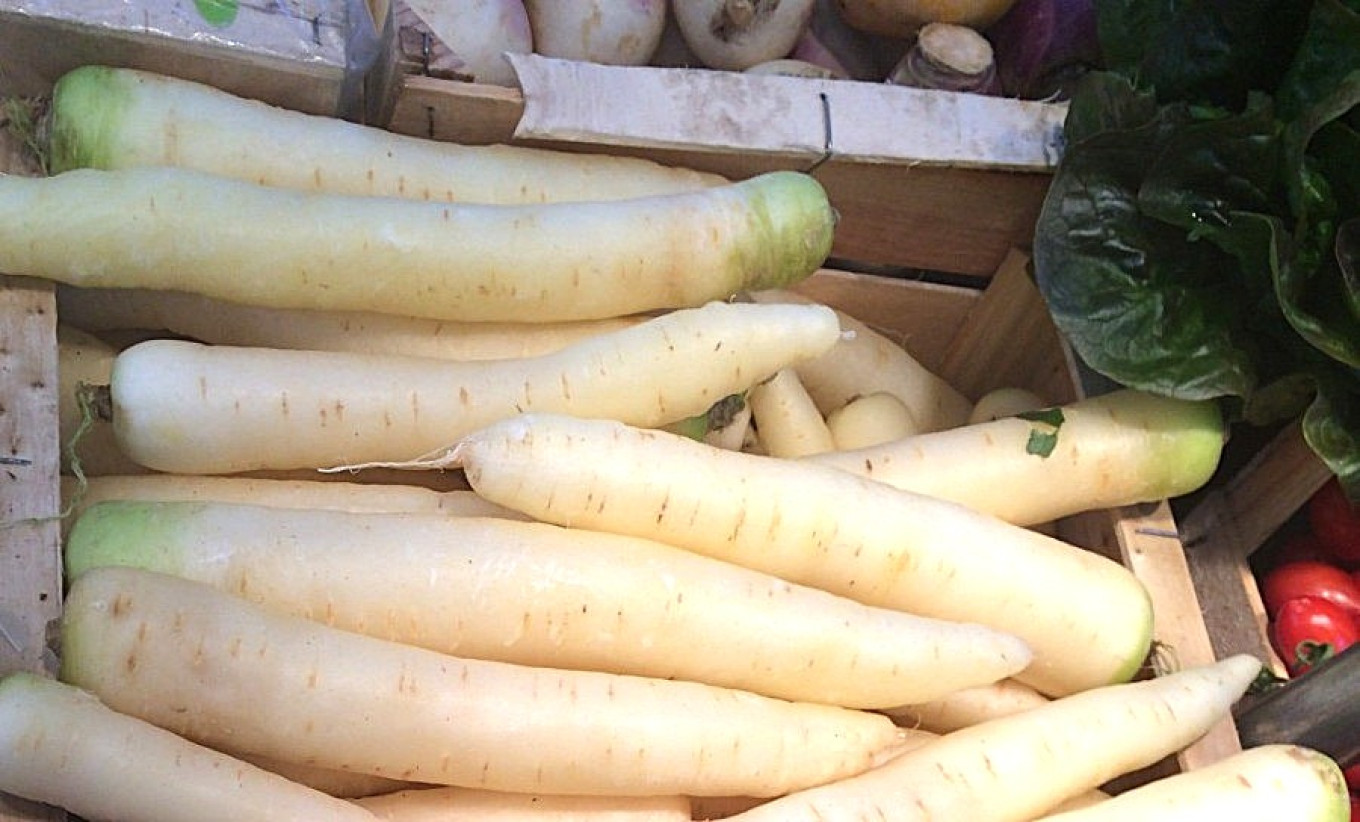
Crossbreeding purple carrots with other wild varieties led to the creation of yellow carrots. Today yellow carrots are still widespread in Central Asia, and hundreds of years ago they were grown in Russia, too. In fact, in Europe red, yellow, white and beet-colored carrots were all commonly grown. In old Dutch still lifes you can see white and red carrots. The carrot became orange only in the 17th century, when a special variety was developed in honor of the Duke of Orange.
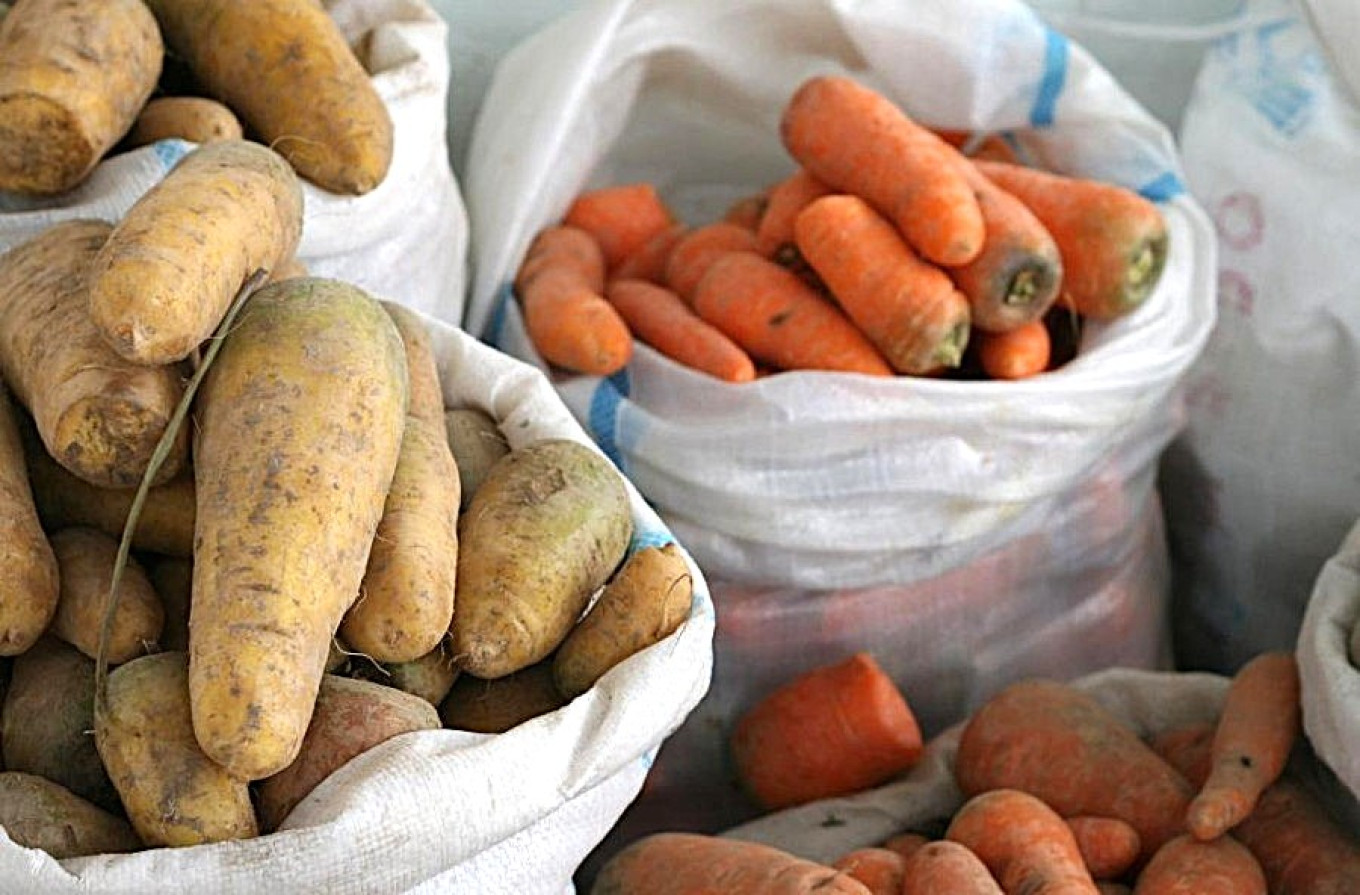
At the beginning of the 18th century, Dutch Cornelis de Bruijn wrote: “We have taught the Russians to breed yellow, white and red carrots (parsnips and beetroot), of which they have many.” To be more precise, it should be noted carrots as well as parsnips are under the umbrella of one family — Apiaceae, while beetroots are in the Amarantháceae family. Cornelius de Bruin combined the three different vegetables based on appearance and taste.
At first glance, they do look alike, similar both in shape and flavor. The beetroot is also an elongated white root vegetable (unlike the round red table beet we are familiar with, although the Dutch table variety is also elongated), but it is much larger.
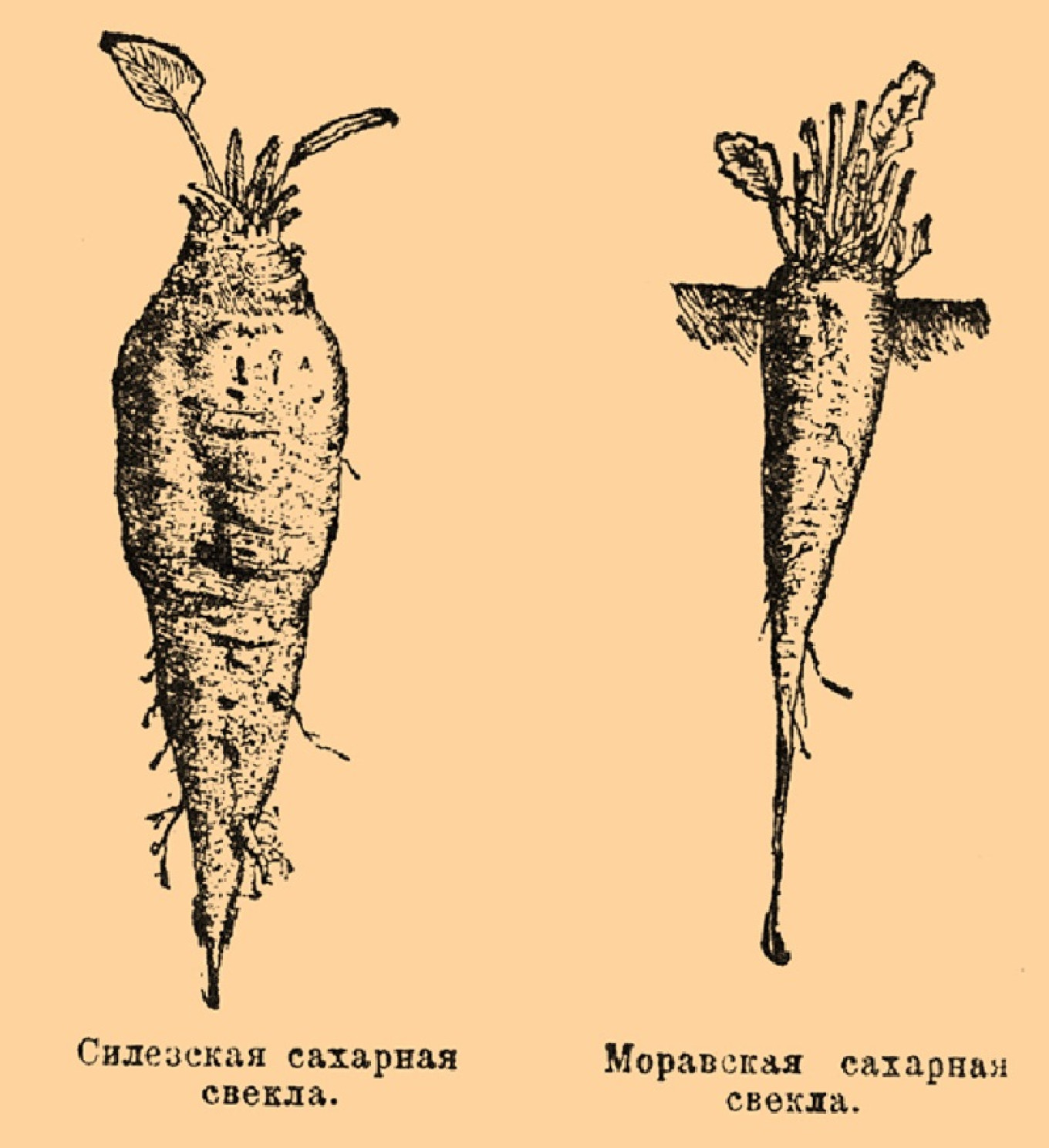
Carrots were often confused with parsnips in the Middle Ages because they were sometimes pale in color due to the soil they grew in. But the remark that the Dutch had “taught Russians” to breed yellow carrots is noteworthy. Perhaps de Bruin was sincerely mistaken in thinking that yellow carrots could have only recently come to Russia from Europe.
In the Middle Ages carrots were largely used like turnips. They were also used in pies. The note on a meal at the Tikhvin Monastery in 1590 we find “large carrot pies” and “fried carrot porridge.”
The only dishes made with carrots found in the menu of Patriarch Adrian (1699) were pies: “large” and “festal.” But his predecessor, Patriarch Philaret, seems not to have eaten carrots at all; not a single carrot dish can be found in his kitchen book (1626).
In general, Russian sources leave an extremely contradictory impression regarding the use of carrots in the 16-17th centuries. On the one hand, customs and monastery expenditure books are full of references to the purchase of “carrot seeds,” and Domostroi advised readers to “stock up carrots.” Patriarch Adrian in October 1694 “went to his village of Troitskoye-Golenishchevo, which is on the Setuna River, and by his decree he bought a load of carrots from a peasant for household use." In 1676 the disgraced Patriarch Nikon at the Ferapontov monastery near Vologda mentioned “a row of carrots” among many other vegetables in his garden.
But on the other hand, mention of carrot dishes in royal and diplomatic cuisine is extremely scarce. For example, in the “Inventory of the Tsar's Cuisines” (1610-13) carrots are not mentioned at all. Patriarch Philaret, as we have seen above, apparently didn’t eat them either.
In all likelihood, this is due to the arrival of cultivated varieties of carrots from Europe to Russia, which probably took place in this “transitional” 17th century. In the affluent kitchens of palaces and patriarchal chambers they might have been more attractive than the rather unsightly carrots they had commonly used in the past.
But the fine cuisine of later centuries found much broader uses for carrots — like our favorite carrot cake.
Carrot Cake
Ingredients
For the cake
- 120 g (4 oz) carrots, grated finely
- 100 g (3.5 oz or ¾ c) flour
- 70 g (2.5 oz or 5.8 c) vegetable oil
- pinch of salt
- 1/2 tsp baking soda
- 1 tsp cinnamon
- 1/2 tsp ground ginger
- pinch of ground nutmeg
- 40 g (1.5 oz or 1/3 c) chopped walnuts and some to sprinkle on the cake
- 130 g (4.5 oz or 2/3 c) sugar
- 2 eggs
For the frosting
- 200 g (7 oz or 2/3 c) cream cheese
- 70 g (2.5 oz or 5/8 c) butter at room temperature
- 1 tsp lemon juice
- 70 g (2.5 oz or 5/8 c) powdered sugar
- 20 cm (8 inch) round pan, bottom lined with baking paper
Instructions
- Preheat the oven to 180°C /355°F.
- Mix together flour, spices, baking soda and salt.
- Beat the butter until fluffy, adding the sugar in batches and eggs one at a time. Then add carrots and nuts and mix with a spatula.
- Add the dry ingredients and mix gently just until the flour is fully moistened and no more — the less you stir, the fluffier the cake will be.
- Bake the cake in a preheated oven for 30 minutes. Use a toothpick or test to check when it is done.
- Let the cake cool completely.
- For the frosting: combine the cream cheese, soft butter and lemon juice in a deep bowl. Beat everything with a whisk until smooth.
- Add powdered sugar and whisk again until the frosting is airy, thick and holds well on a spatula. To thicken the frosting even more, put it in the refrigerator.
- Transfer the cooled carrot cake to a plate, cover with a thick layer of frosting and sprinkle with chopped walnuts.
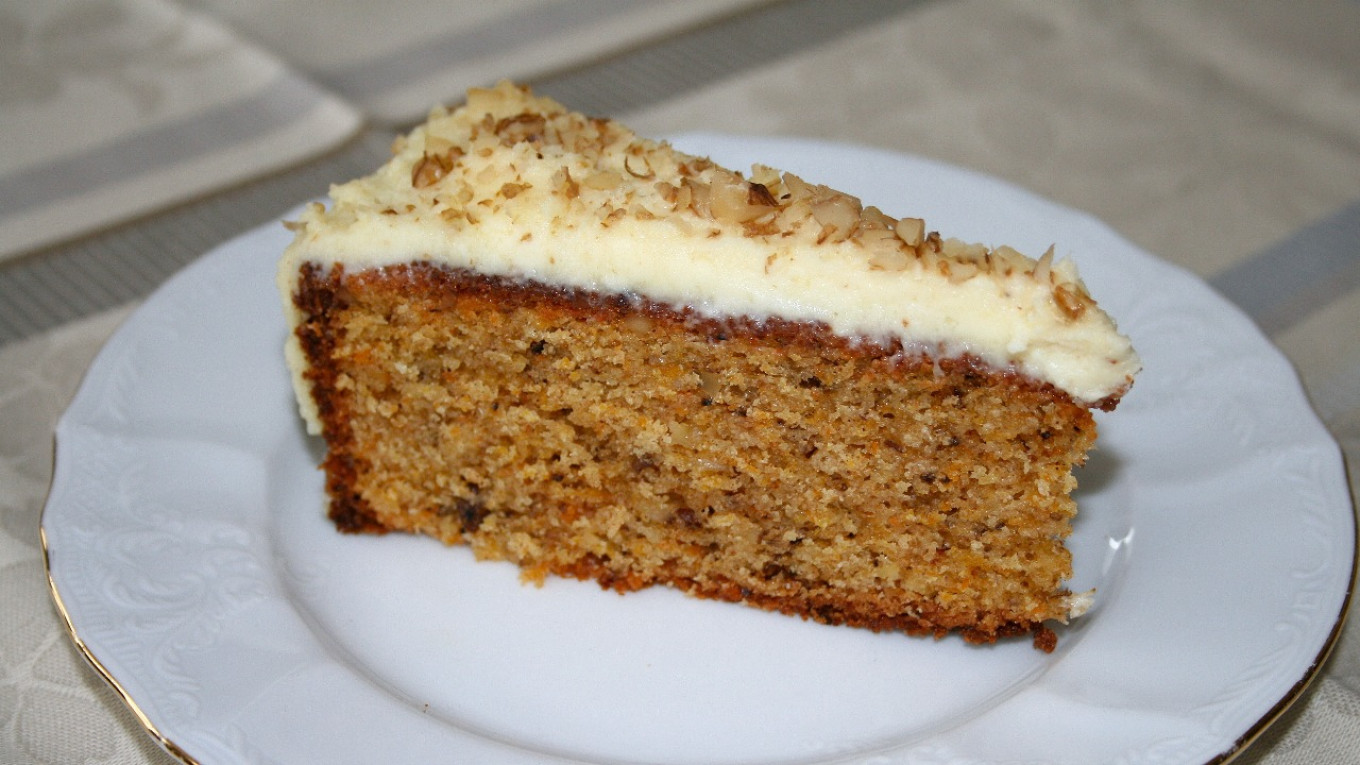
A Message from The Moscow Times:
Dear readers,
We are facing unprecedented challenges. Russia's Prosecutor General's Office has designated The Moscow Times as an "undesirable" organization, criminalizing our work and putting our staff at risk of prosecution. This follows our earlier unjust labeling as a "foreign agent."
These actions are direct attempts to silence independent journalism in Russia. The authorities claim our work "discredits the decisions of the Russian leadership." We see things differently: we strive to provide accurate, unbiased reporting on Russia.
We, the journalists of The Moscow Times, refuse to be silenced. But to continue our work, we need your help.
Your support, no matter how small, makes a world of difference. If you can, please support us monthly starting from just $2. It's quick to set up, and every contribution makes a significant impact.
By supporting The Moscow Times, you're defending open, independent journalism in the face of repression. Thank you for standing with us.
Remind me later.



